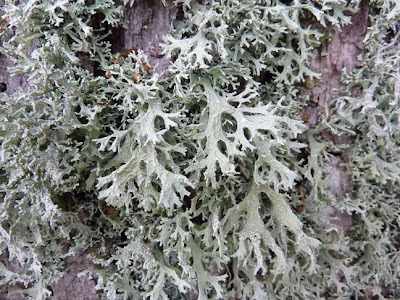Laid back - a study in russet

It is a rare event when I go out into the field and not treat every living thing that I come across as something to identify (or at least try to), to write it down in a notebook and commit it to the giant database that I maintain at home. Today was different... I have been aware for some time that my DSLR and various lenses have lay dormant, unused, and unloved. With all of the spectacular autumn colour on offer I was moved (yes, very Byronesque, I know) to get out and take some photographs. I used to dabble with illustration, and have been looking for a subject that will grab me enough to rekindle this lost art. Pattern and form have always been areas that I have gravitated towards, rather than realism. The natural world is full of both. So, this afternoon I wandered into Banstead Woods, sans binoculars set the camera function to manual, and snapped away. I was quite pleased with the results. Muted colour on an overcast afternoon which has the basis for a number of illustrative pro...





